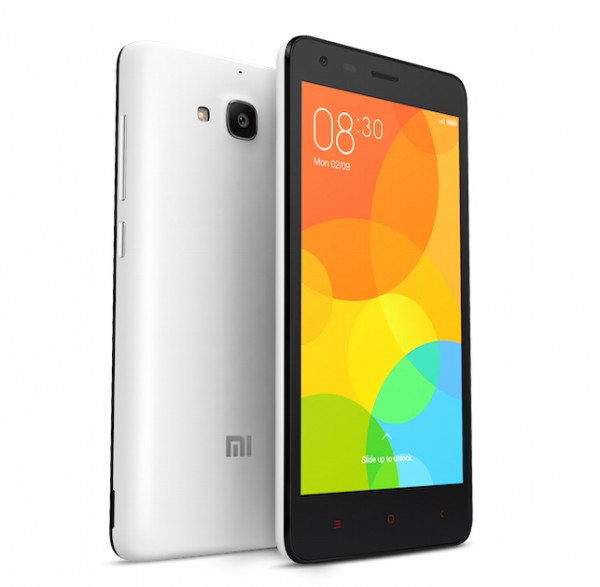
More than a year ago, Xiaomi’s original Redmi wowed us with its low price and neat interface that trumped some of its more expensive rivals.
Since then, the budget smartphone space has become a lot more crowded with nearly all smartphone makers jostling for a slice of the pie.
Will the Redmi 2 continue to show the world what a S$169 phone is capable of?
Like the original Redmi, the Redmi 2 has a removable back cover that you can pry open to replace a battery or slot in a second SIM card when you travel.
The four corners of the Redmi 2 are now more rounded, giving the phone a softer look. The volume rocker and power button are on the side, along with a headphone jack at the top of the device.
And like the original Redmi, there’s no backlight for the touch capacitive buttons on the front panel, making it difficult to locate the right button when you’re using the phone in a dim room.
While Xiaomi has made few cosmetic changes with the Redmi 2, it has beefed up the hardware bits, starting with a boost in onboard storage from 4GB to 8GB.
Also, there are now two 4G SIM card slots – useful to heavy data users who need two 4G data plans. The Redmi only supported a 3G and a 2G link.
Finally, the MediaTek Cortex A7 chip has given way to a more capable Qualcomm Snapdragon 410 with the Redmi 2.
The phone’s performance, however, seemed curtailed by the Redmi 2’s 1GB of RAM which runs out pretty quickly after launching a few apps.
As you would expect, things would start to slow down while switching apps or navigating menus in MIUI 6, Xiaomi’s custom ROM based on Android 4.4.4 KitKat. That does injustice to the sleek interface that many Android fans have come to love.
On the software side, Xiaomi has baked in significant improvements in MIUI 6. The most obvious would be its flatter design that’s in line with Google’s Material Design UI blueprint.
The new notification shade in MIUI provides access to more controls such as a guest mode, where calls, notes, pictures, messages and launcher settings can be hidden from the user. The cool thing is, you can also long-press on a control such as Wi-Fi to jump straight into its settings page.
And from the notification shade, you can swipe towards the right to view a list of notifications that you can dismiss or tap to open the respective app.
The Redmi 2’s 4.7-inch display with a 1,280 x 720 pixel resolution is bright and sharp enough for day-to-day use, but don’t expect images to jump out at you.
Its 8MP rear camera snaps decent photos in daylight with accurate colours, but with a tinge of graininess in nearly all the shots I took. It also supports panorama, face recognition, HDR and a burst mode for up to 10 shots a second.
In all, the Redmi 2 will appeal to bargain hunters looking for a dual-SIM phone. Despite some performance bottlenecks, it’s still a solid bargain offering some of the most well thought out features in an Android phone through the maturing MIUI interface.






